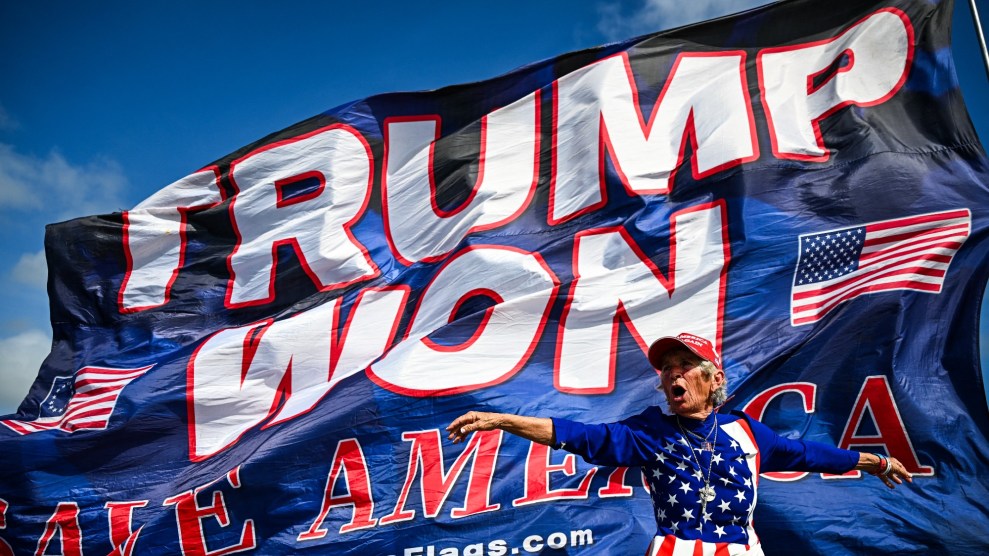
This is trippy. Time Magazine asks, “Was Timothy Leary right?” LSD and Ecstasy are making a comeback in high-level psychiatric research.
Last year two top journals, the Archives of General Psychiatry and the Journal of Clinical Psychiatry, published papers showing clear benefits from the use of psychedelics to treat mental illness. Both were small studies, just 27 subjects total. But the Archives paper–whose lead author, Dr. Carlos Zarate Jr., is chief of the Mood and Anxiety Disorders Research Unit at NIMH–found “robust and rapid antidepressant effects” that remained for a week after depressed subjects were given ketamine (colloquial name: Special K or usually just k). In the other study, a team led by Dr. Francisco Moreno of the University of Arizona gave psilocybin (the merrymaking chemical in psychedelic mushrooms) to obsessive-compulsive-disorder patients, most of whom later showed “acute reductions in core OCD symptoms.” Now researchers at Harvard are studying how Ecstasy might help alleviate anxiety disorders, and the Beckley Foundation, a British trust, has received approval to begin what will be the first human studies with LSD since the 1970s.
Legal, clinical studies, that is. People never stopped “studying” LSD at home. The intersection of illegal drugs and prescription medicine is fascinating, because the difference between them is not material. It’s one of authority. What’s illegal about most narcotics, of course, is not taking them, specifically, but taking them unsupervised. So many now-illegal drugs got a head start in the mental health field, including LSD, Ecstasy, and cocaine. While elementary schools in recent years have legally forced parents to make their children take Ritalin, adults have been legally prosecuted for crumbling up and snorting it.
Here’s a story about a girl forced to take drugs. And here’s a story about a medicine people are denied.















